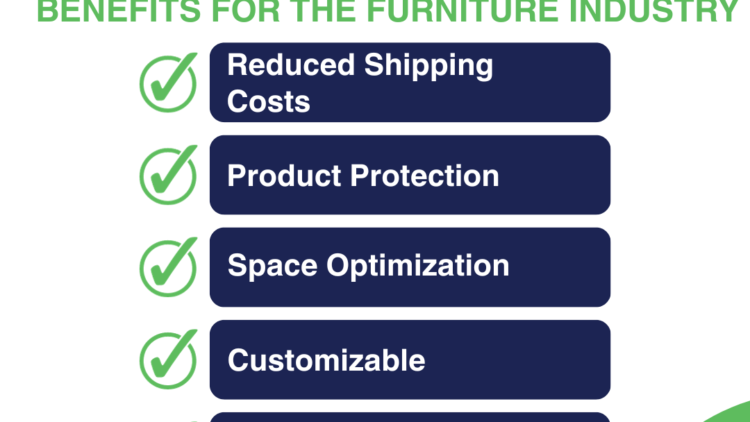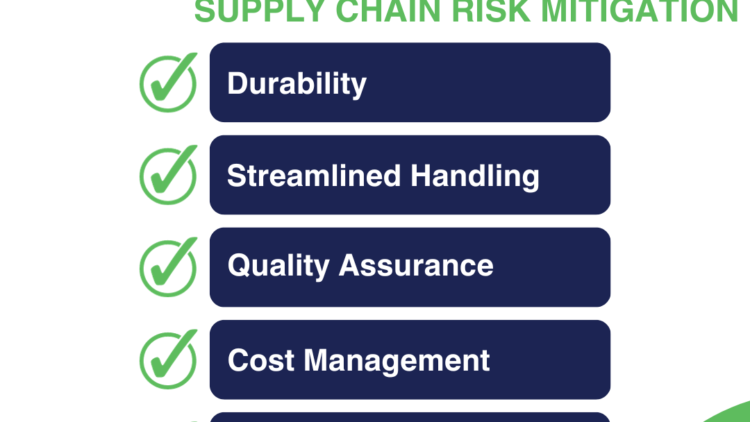Introduction:
In a world where sustainability has become a guiding principle, businesses are increasingly seeking ways to reduce waste across their operations. One solution that has gained significant traction for its waste-reducing potential is returnable packaging. Beyond its logistical advantages, returnable packaging is playing a pivotal role in turning the tide on overall waste generation. In this blog post, we will explore how returnable packaging is making a significant impact on reducing waste across industries.
The Circular Economy Model:
Returnable packaging epitomizes the circular economy model. Unlike single-use packaging that ends up as waste after a single journey, returnable containers are designed for multiple cycles of use. This reduces the need for continuous production of new packaging materials and minimizes the volume of waste generated.
Drastic Reduction in Single-Use Waste:
The most apparent impact of returnable packaging is the drastic reduction in single-use waste. By replacing disposable packaging with durable, reusable containers, businesses can significantly cut down on the amount of waste they produce. This reduction is especially significant in industries with high packaging turnover rates.
Efficient Resource Utilization:
Returnable packaging optimizes resource utilization. These containers are designed for durability and longevity, requiring fewer raw materials over their extended lifecycle compared to single-use alternatives. This efficient use of resources aligns with waste reduction goals and minimizes the environmental impact of packaging production.
Streamlined Waste Management:
Returnable packaging simplifies waste management processes. The containers are designed to be easily cleaned and reused, reducing the need for disposal and recycling of packaging materials. This streamlining of waste management saves time, labor, and resources.
Lower Carbon Footprint:
Reducing waste isn’t just about the materials; it’s also about the associated carbon emissions. Returnable packaging optimizes transportation by maximizing space utilization, resulting in fewer trips and lower fuel consumption. It also reduces the emissions associated with the production of new packaging materials.
A Win-Win for Businesses and the Environment:
Returnable packaging isn’t just about reducing waste; it’s a win-win for businesses and the environment. By minimizing waste generation, companies can lower waste disposal costs, enhance their sustainability image, and align with regulatory requirements aimed at reducing waste.
Conclusion:
Returnable packaging is proving to be a powerful tool in the fight against waste. Its adoption helps businesses reduce single-use waste, optimize resource utilization, streamline waste management, lower their carbon footprint, and align with sustainability goals. As businesses continue to prioritize sustainability and waste reduction, returnable packaging stands out as a smart, eco-friendly solution that benefits both the bottom line and the planet.
In a world where waste reduction is a shared responsibility, returnable packaging is a significant stride toward a more sustainable and waste-conscious future.





